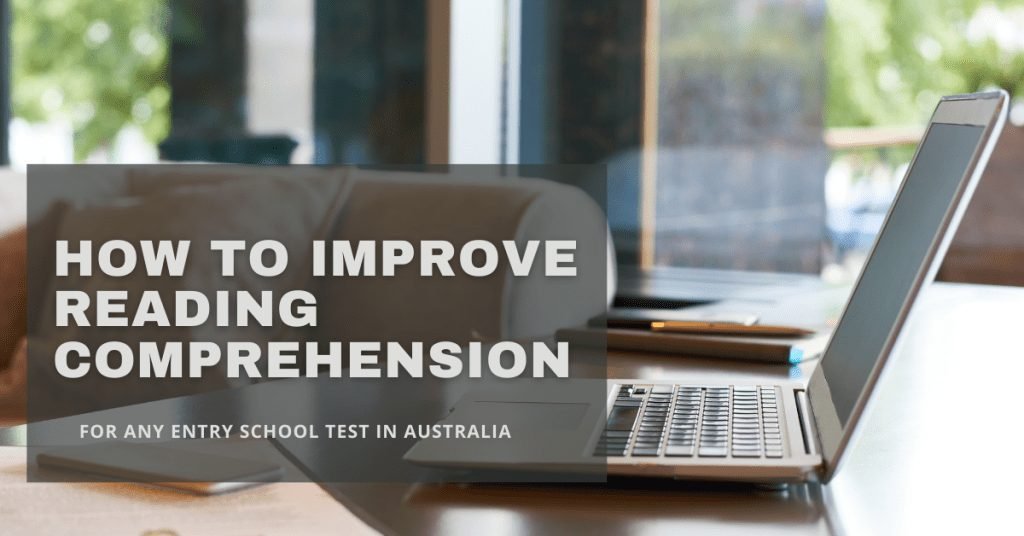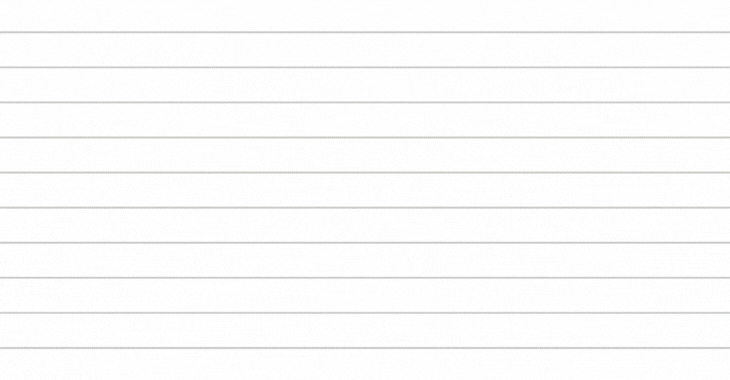
How to improve Reading Comprehension
BLOG ABOUT READING COMPREHENSION FOR OC, SELECTIVE AND HAST
Is the Selective Test, Opportunity Class Test and HAST (Higher Ability Selection Test) coming up very soon? Or are you just about to start your preparation for your test and don’t know where to begin? Today this blog will guide you and provide many tips on how to approach the Reading Comprehension component for the Selective Test, Opportunity Class Test and HAST.

The Selective Test consists of a Reading section where students have 40minutes to complete 30 multiple-choice questions. The questions consist of filling in the blanks, reading through multiple extracts or visuals which have a similar topic and then answering the questions to choose which text best aligns with the given statement and reading over two different extracts with comparative questions.
The Opportunity Class Test consists of a Reading section where students have 30minutes to complete 25 multiple-choice questions. The questions consist of filling in the blanks, reading through multiple extracts or visuals which have a similar topic and then answering the questions to choose which text best aligns with the given statement and reading over two different extracts with comparative questions.
The HAST consists of a Reading Comprehension section where students have 45minutes to complete 40 multiple-choice questions.
All of these are very time-pressured as the texts can range in difficulty and length, so it is essential to understand the correct technique and approach for these exams. Although these exams are all for different age groups, the approach and technique to doing very well remain the same. We will discuss a number of techniques and tips, including how to understand the text and questions, time management as well as daily things a student can do to improve on this section.
Understanding the text and questions
For the Selective Test, OC (Opportunity Class Test) and the HAST, there will be a wide variety of texts with genres such as non-fiction, fiction, poetry, magazine articles and reports. The content within these texts will also be from a variety of places, such as topics about science, history, art, geography, social studies, current events. However, no specific knowledge is required prior to sitting the exam as every question’s answer will directly be in the test.
It is very important to understand that a student must not bring their own bias to the paper. Students must accept that whatever is presented to them in the reading comprehension text is the truth. For example, if the question asks how many continents there are and within the text, it says there are only 6 continents, the student should not answer the question based on their own knowledge of there being 7 continents.
To approach the reading comprehension section appropriately, students must understand that the text fully. This can be done by jotting down a one-word summary next to each paragraph so that you remember what the paragraph is about (this is a very good technique for questions with multiple short extracts), or you can actively read the text by skimming over the questions quickly before reading so that you can pay close attention to what the text is about, what characters are presented and what the text’s purpose may be.
Students must also fully comprehend the question correctly as they must choose the single best answer for the question. As there are multiple choices to choose from, the answer options can be very similar; however, the best answer must be chosen. To fully understand the questions, students must understand the key terms of the question.
If a student does not understand what a word or concept means within the text, they can use the text to work it out by reading and fully understanding the text or in the case of a word the student does not know, and you can try to make an educated guess based off how the word is being used within the sentence.
Time Management/ Daily Activities to help with Reading Comprehension
Effectively managing time in the Selective Test, Opportunity Class Test and HAST can be a challenge for many students but with the right techniques and thorough practise, time will not be an issue for students. It is very important for a student to be able to make the decision that they may not have enough time left and will need to start skimming the text as fast as they can to answer the questions. This is not needed if students practise reading at home and try to increase their pace when reading whilst fully understanding what they have read.
Students can also read the question first and then skim through the text while looking for the key terms of the question. It is very important for students to learn this technique as it will allow them time to check their answers towards the end of the test.
To enhance their reading comprehension skills, students can practise reading texts at home. These texts should be a variety of lengths and genres and students can try to judge their strengths and weaknesses based on the type of text. They can also create a book and fill it with any vocabulary they come across at school or while practising for the Selective Test, Opportunity Class Test and HAST so that they can revise this book and enhance their vocabulary for reading comprehension and use these terms within their writing as well.
——-Tutelaage Tutor Neha from Slelective Passsed out School.






